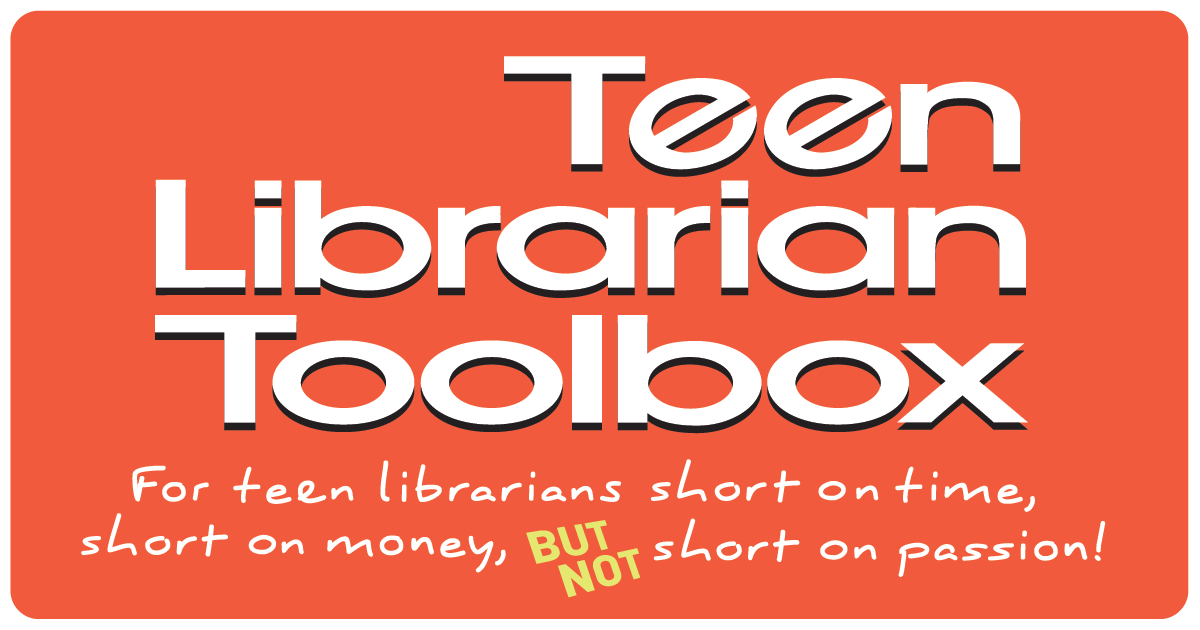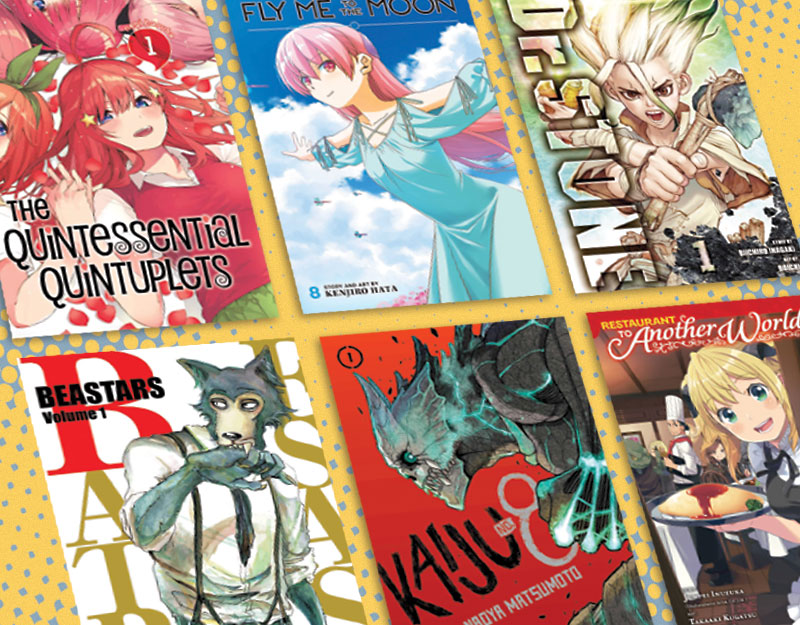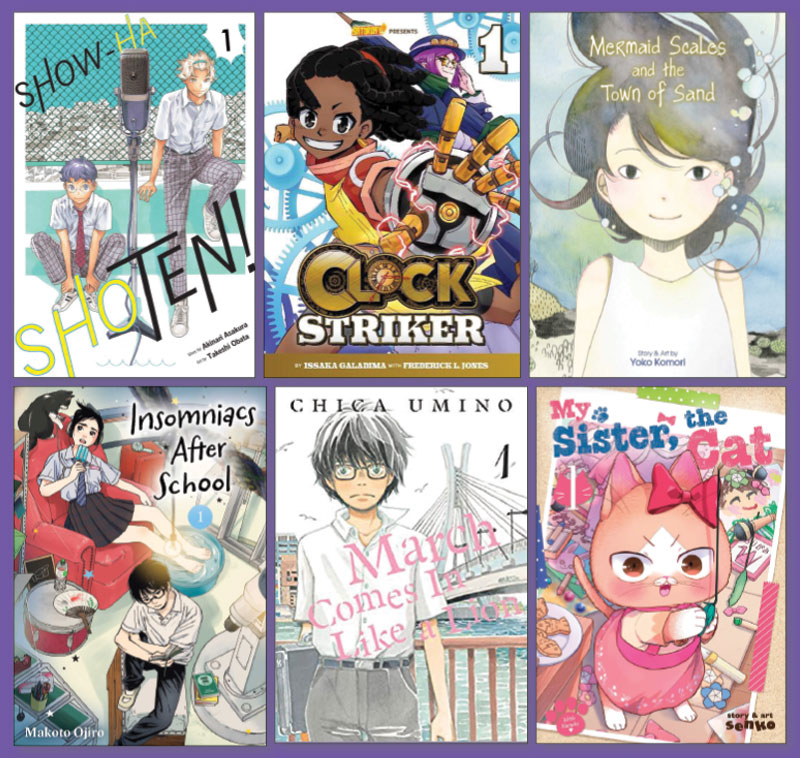Mindfulness in the Library, a guest post by Erica B. Marcus

As the mindfulness director at a small middle school in Maine, I tend to float between classrooms to teach. When I’m not teaching, my desk sits in my favorite place in the school: the library. Libraries have always been sanctuaries. I am impressed how librarians are now more intentionally turning them into spaces where students can seek refuge both in and out of books. The librarian and I at our school have partnered to make it a space where students can come with the intention of finding pause and respite in their often-hectic days.
We have started offering yoga programming to students during study periods, and after school for staff. The movability of bookshelves, tables, and chairs have allowed us to create a wide-open space to practice in. Twice now, I have witnessed eighth graders fall asleep at the end of a practice, and they often remark on how much better their bodies feel as they leave. Staff members report so much relief at the end of an often-tense day. If you have the space and a screen, but no yoga expertise, you can even offer a prerecorded class like Yoga With Adrienne.
ADVERTISEMENT
ADVERTISEMENT
We also have transitioned an underutilized green room into The Mindful Studio where students can come not only to record videos, but also to reset during the day when they feel overwhelmed. A group of sixth graders called the Mindfulness Ambassadors considered all aspects of the project when they designed the room, from soothing paint colors to interactive elements.
So what are some of the objects and features students wanted for this kind of space?
- Comfortable seating. Students decided beanbag chairs would lend themselves nicely to the space. They also put a rug down, which is more inviting than our industrial carpet. Yoga mats could provide this same comfort.
- Fidgets. For students who struggle with stillness, these have given them something to focus their attention on. Coloring pages, sand gardens, and painting can all have a similar impact.
- Lighting. Students added fairy lights, and they have especially enjoyed a star projector on the ceiling. They appreciate the shift to a low light space as a respite from the glare of the overhead fluorescents.
- Visual focus. In addition to watching a star projector, students enjoy a small electronic fish tank. A lava lamp, waterfall, or other slow-moving feature could also provide a visual focal point.
- Guided practice. We have included an iPad loaded with mindfulness and meditation apps for students to explore such as Calm, Smiling Mind, and Mindful Life Project. Headspace and 10% Happier are other good options for older students.
- Privacy. Even if you don’t have an entire room to block off, a nook or partitioned space can make it more easeful for students.
As the author of Attention Hijacked: Using Mindfulness to Reclaim Your Brain from Tech, part of my work is to help students develop healthy relationships with tech. When we come to take refuge in the library together, I ask students to take a break from their devices. Not because I think technology is bad, but because I think we all need breaks in our day away from it. The mindfulness room is meant to be a space to become grounded in the present moment experience, internal and external, and our screens often distract us from that reality (though we can also use apps to help facilitate that process). The hope is that the more students have access to tools and strategies for how to show up in the world, the less they rely on tech to distract them.
About Attention Hijacked: Using Mindfulness to Reclaim Your Brain from Tech
Technology surrounds us every day: a phone alarm wakes us up, an electronic calendar tracks assignment deadlines, GPS directs us to the new dentist’s office, social media keeps us connected to friends and family, and streaming platforms make sure we’re never without something new to binge-watch. Our devices and apps can make life much more convenient and entertaining.
But for years, scientists have warned that too much screen time may have negative effects on our health. With portable devices and remote learning, it is even more difficult to put down electronics. Being intentional about how and when to unplug can help teens and young adults to protect their physical and mental wellbeing in a world where screens and technology are increasingly becoming necessities rather than just conveniences.
Attention Hijacked offers a roadmap for those deciding how they want to deal with technology, exploring the ways technology affects the individual, dispelling common misinformation, and using this knowledge to make personalized decisions. Page Plus links in the book lead to mindfulness and meditation audio clips. Using mindfulness techniques, this book gives readers the power to take charge of their technology use.
ISBN-13: 9781728417196
Publisher: Lerner Publishing Group
Publication date: 05/03/2022
Age Range: 13 – 14 Years
Filed under: Uncategorized
About Amanda MacGregor
Amanda MacGregor works in an elementary library, loves dogs, and can be found on Twitter @CiteSomething.
ADVERTISEMENT
ADVERTISEMENT
SLJ Blog Network
10 to Note: Winter Preview 2025
Free Piano (Not Haunted): A Cover Reveal and Q&A with Whitney Gardner
Kevin McCloskey on ‘Lefty’ | Review and Drawn Response
The Seven Bills That Will Safeguard the Future of School Librarianship
Gayle Forman Visits The Yarn!
ADVERTISEMENT







